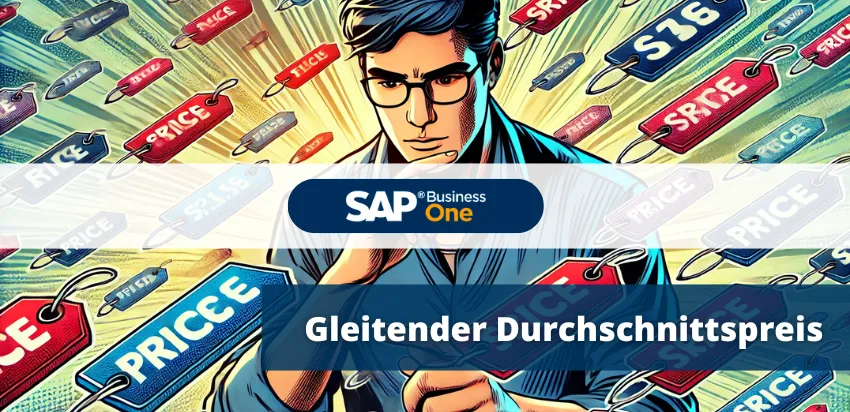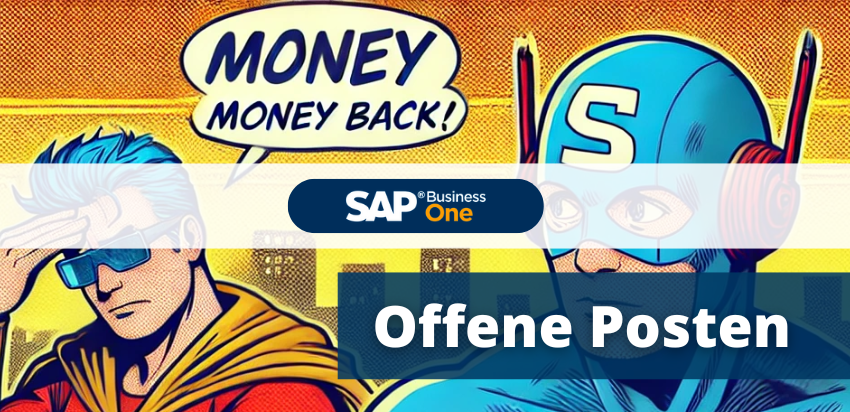For all companies that bill any kind of maintenance (e.g. in the software & IT industry), the invoice of maintenance fees is a regular challenge. This is doubly true for companies that not only sell maintenance but also purchase it from other software manufacturers.
The contract management of MARIProject for SAP Business One has some exclusive functions for the management of maintenance invoices with the Pro Rata module.
In this way, such settlement items can be created depending on item positions and set for settlement on an annual, semi-annual and quarterly basis.
With the latest version of MARIProject 5.2, some important enhancements on the topic of maintenance accounting have been added.
Adjustment of the maintenance period to the annual rhythm:
If a maintenance contract is concluded with approximately annual maintenance in October of a year, the customer should receive an invoice for three months (October-December) and then annual invoices starting in January.
Distribution of revenues to individual months:
The revenues of an annual maintenance invoice shall be booked proportionately in each booking month.
Maintenance items on the purchasing side:
Maintenance items can now also be purchased via purchasing transactions.
Accrual of maintenance costs:
If you create maintenance items, you can use the purchase order to distribute the costs over the period. MariProject can dissolve the accrued costs through the incoming invoices and distribute them again over the period.
Pro rata rule:
Pro rata rules are introduced to define the distribution postings, which can be selected at the respective maintenance item. The rule defines different procedures for posting the accrual and defines the desired G/L accounts.
Delimitation already when ordering maintenance
When the maintenance is ordered, the future costs incurred for it can already be entered as a provision in the financial accounting. These are then dissolved by the incoming invoice.
Safety through simulator
To ensure that the automatic bookings created via the pro rata have the desired effect, this can be checked using a simulation if necessary.
Conclusion
As in many other areas, proves MARIProject once again how close the applications are to the very specific needs of the addressed industries. With the extended functions around the management of maintenance, MariProject can also make life much easier for several parties involved in this business: purchasing, sales, financial accounting and especially the tax consultants!

E-bill master data and settings in SAP Business One

Moving average price in SAP Business One

SAP Business One - Open items

GOBD and GOBD myths

IFRS & HGB with SAP Business One






